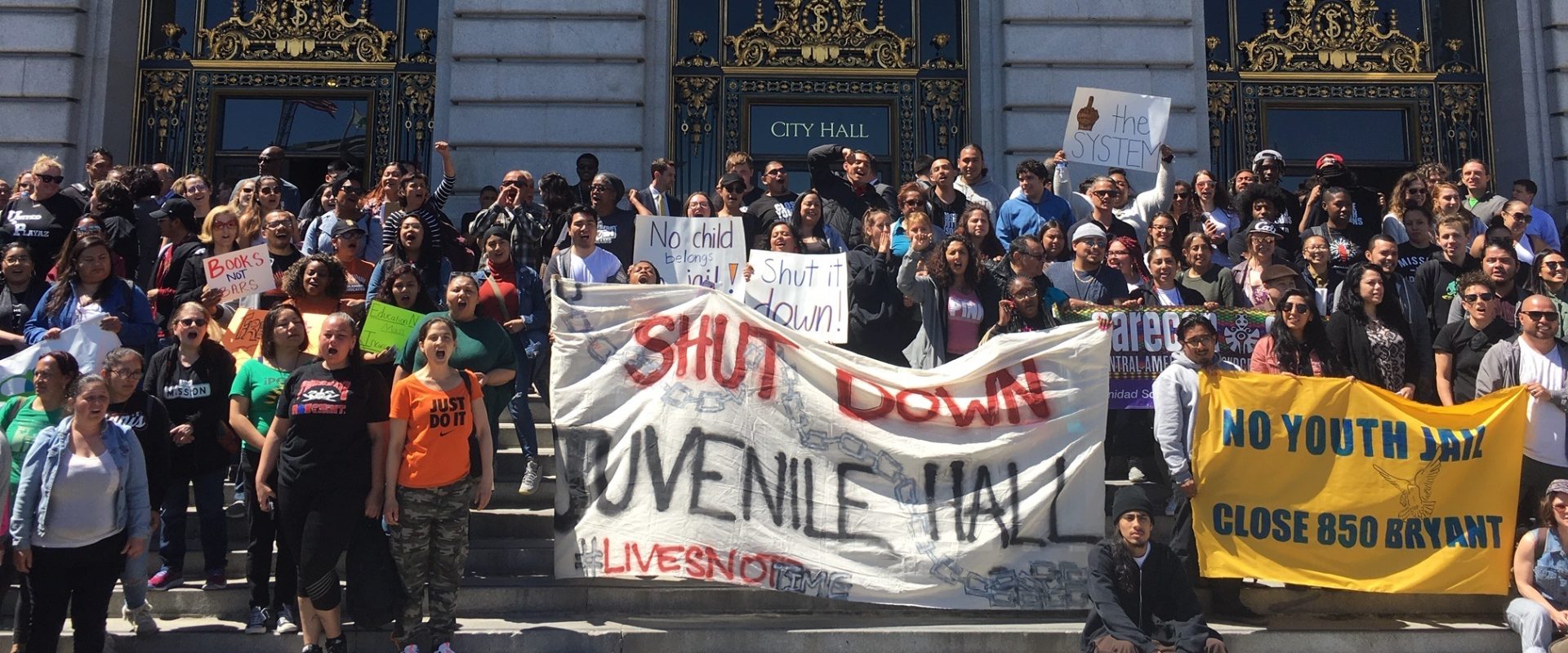CJCJ’s Christa Collins discusses what trauma informed care is, and why it is so effective in serving justice-involved youth. ~ Christa Collins CJCJ Communications and Policy
President Obama, in the wake of the massacre of 26 children and adults in Newtown, Connecticut’s, Sandy Hook Elementary School last Friday, says “we are not doing enoug to protect our children .” He’s right, far more than he acknowledges. How can we possibly “do enough” when the president, interests, and media commentators won’t even talk about what the real dangers to our kids are?Here’s a scary fact neither the president nor other commentators will contemplate, because it’s just too…
During Barack Obama’s presidency, 3,000 American children and teenagers were murdered by violence inflicted by their parents and caretakers –a toll equal to last Friday’s gun massacre at Newtown, Connecticut’s, Sandy Hook Elementary School every 10 days. An equal number of children were killed by parents too addicted, mentally ill, or uncaring to provide vital care. Has Obama eulogized these thousands of young victims – far more than are murdered in schools, colleges, theaters, and malls – as…
Blog Dec 18, 2012
Gun nuts run amok
This past summer a young man named James Holmes bought four guns at local shops and more than 6,000 rounds of ammunition on the Internet in the two months prior to opening up inside a movie theatre in Aurora, Colorado. Now we have still another man (they always seem to be men) going berserk in an elementary school in Connecticut , killed at least 30 people, 20 of them children. One recent report noted that “the gun murder rate in the U.S. is almost 20 times higher than the next 22 richest…
Why has crime, especially younger-age crime, plunged so dramatically in virtually every jurisdiction over the last 20 years regardless of its anti-crime policy or non-policy? We looked at standard explanations for the startling fact that today’s California and national youth and young adults represent the least criminal and violent generation ever reliably assessed. None suffice. Most social and institutional conditions thought to generate more crime have not improved. Youth poverty rates…
